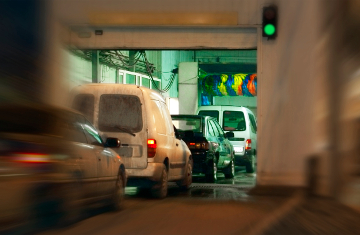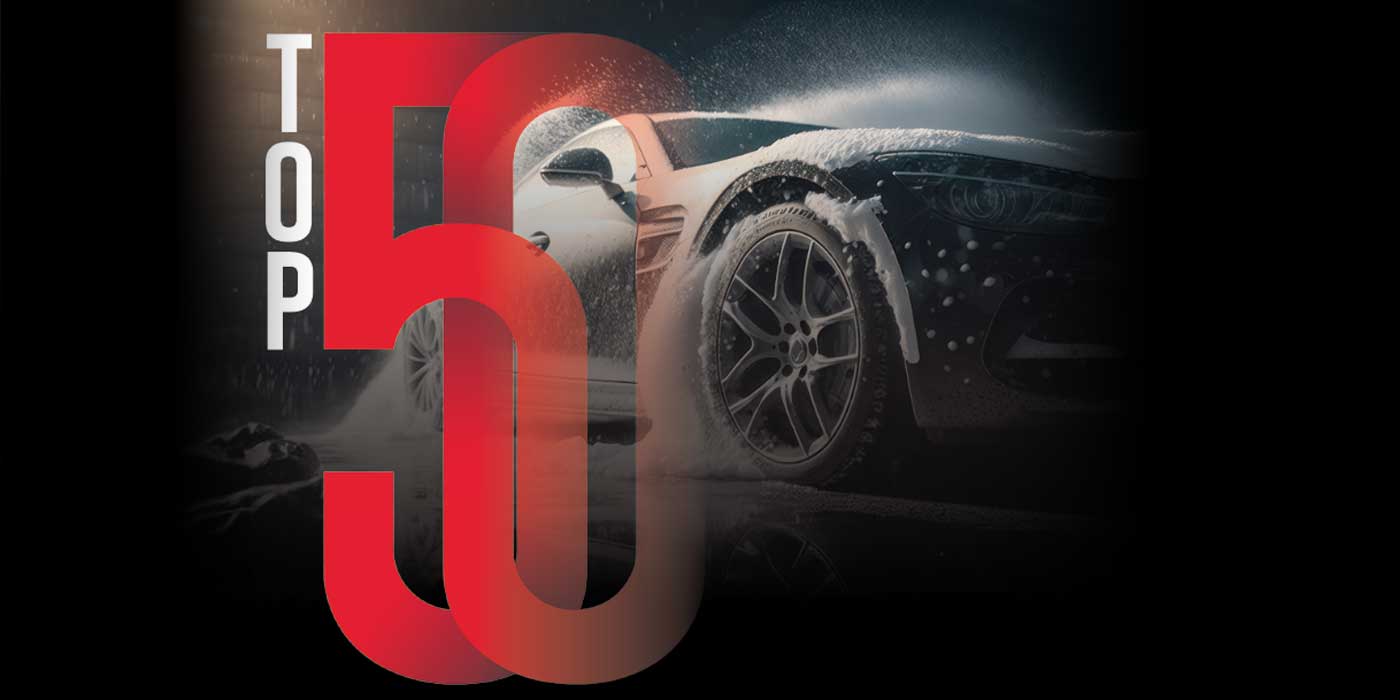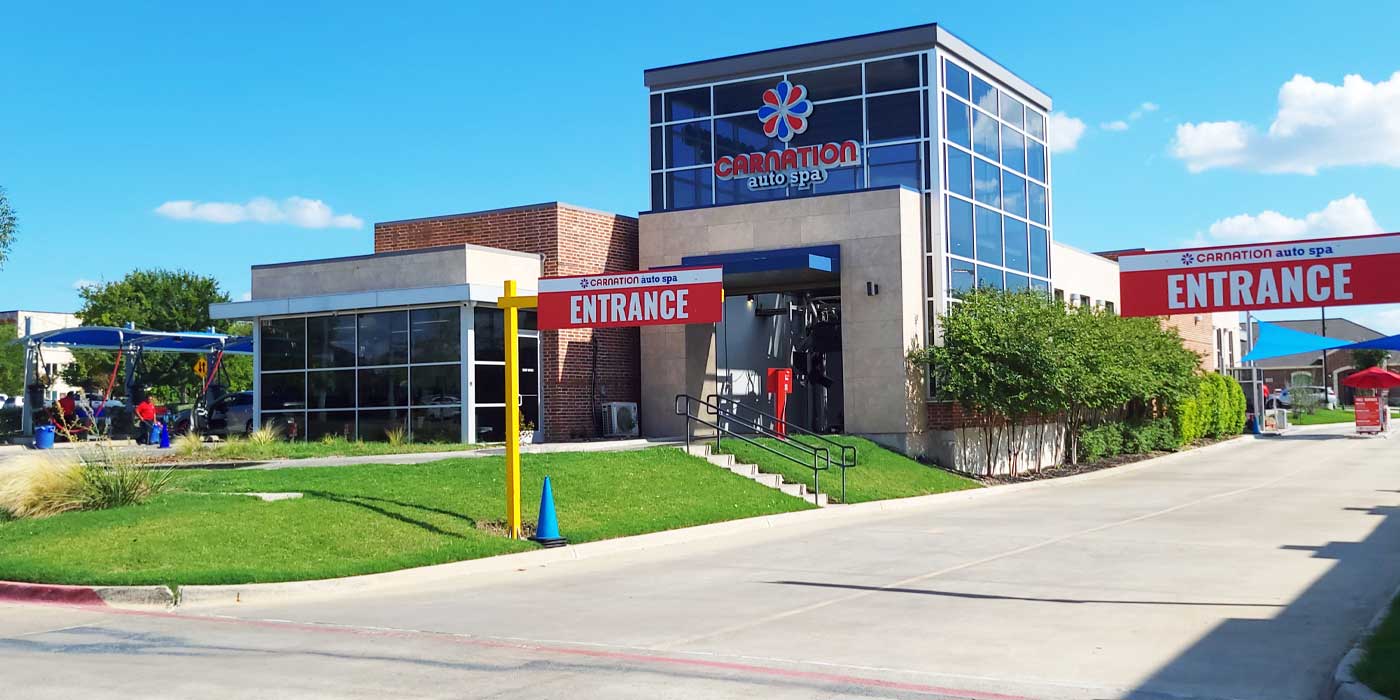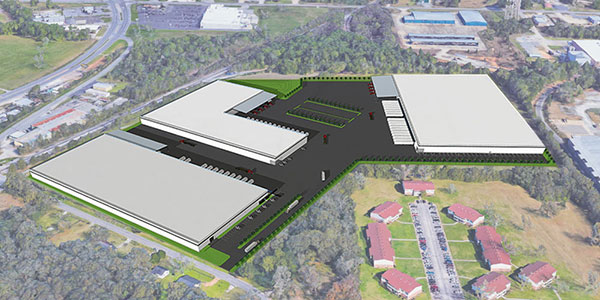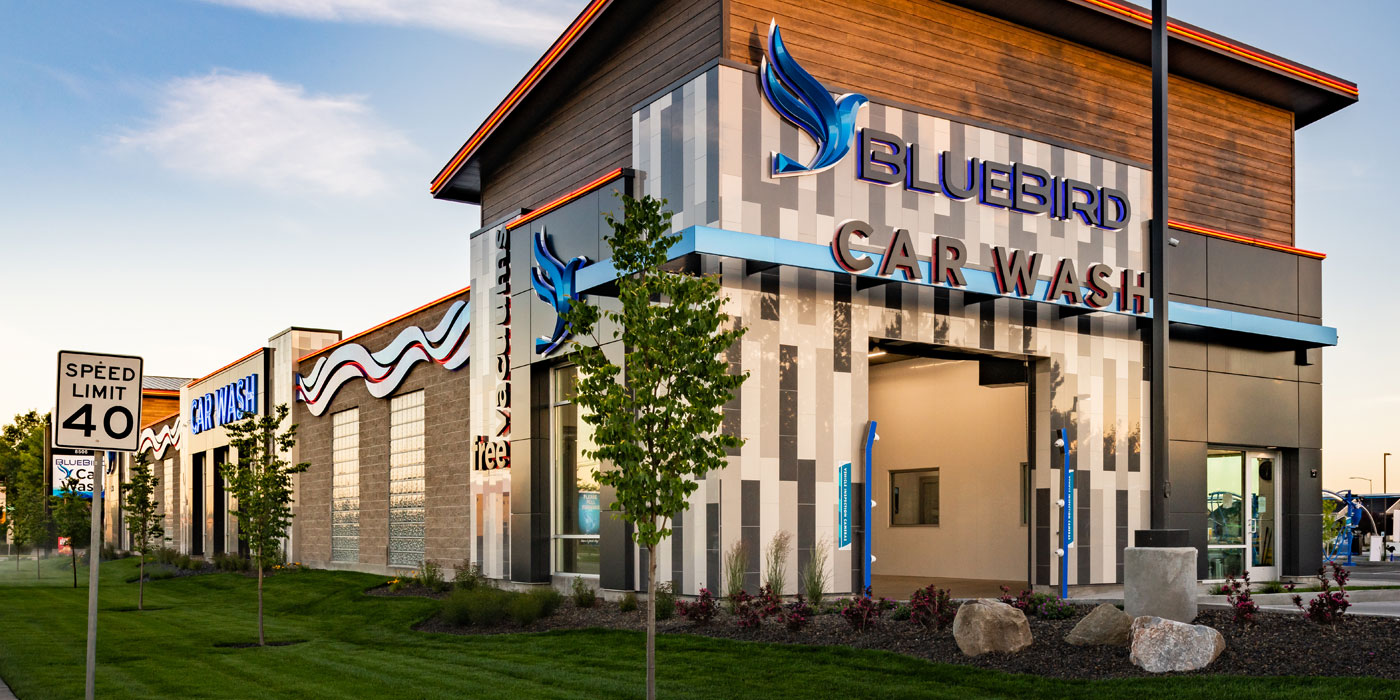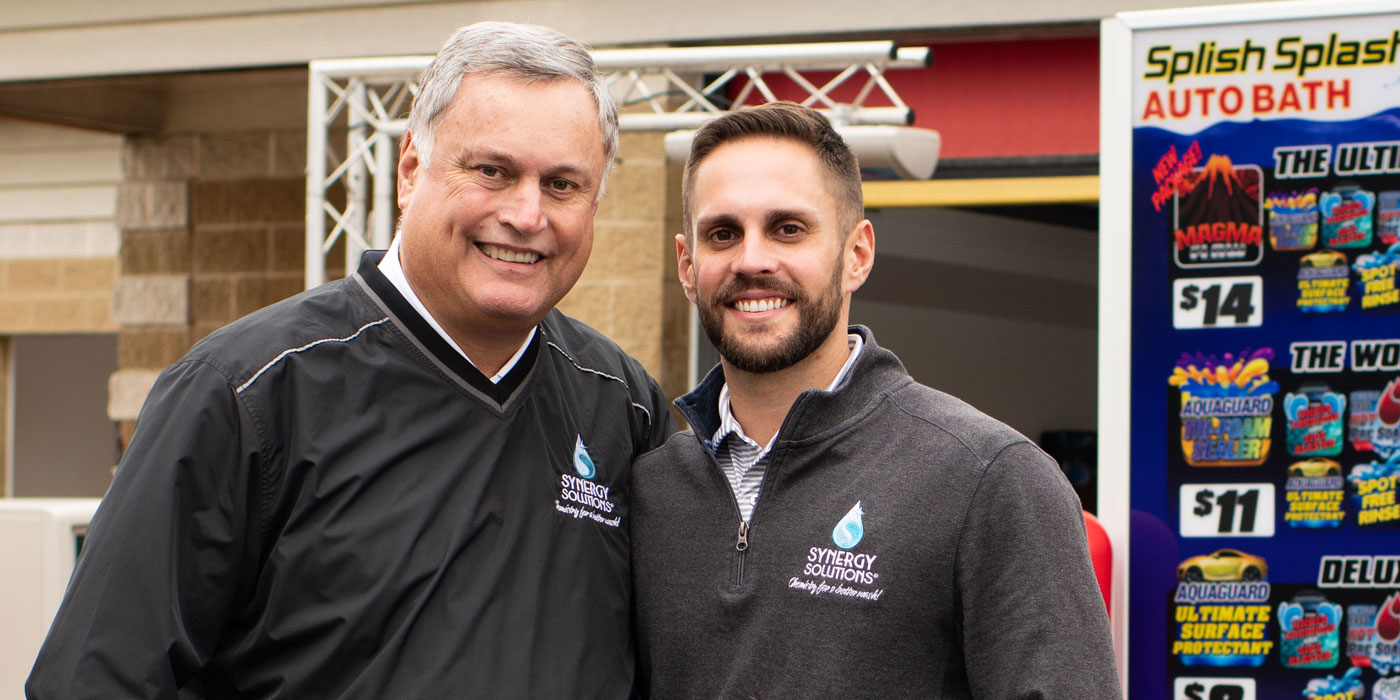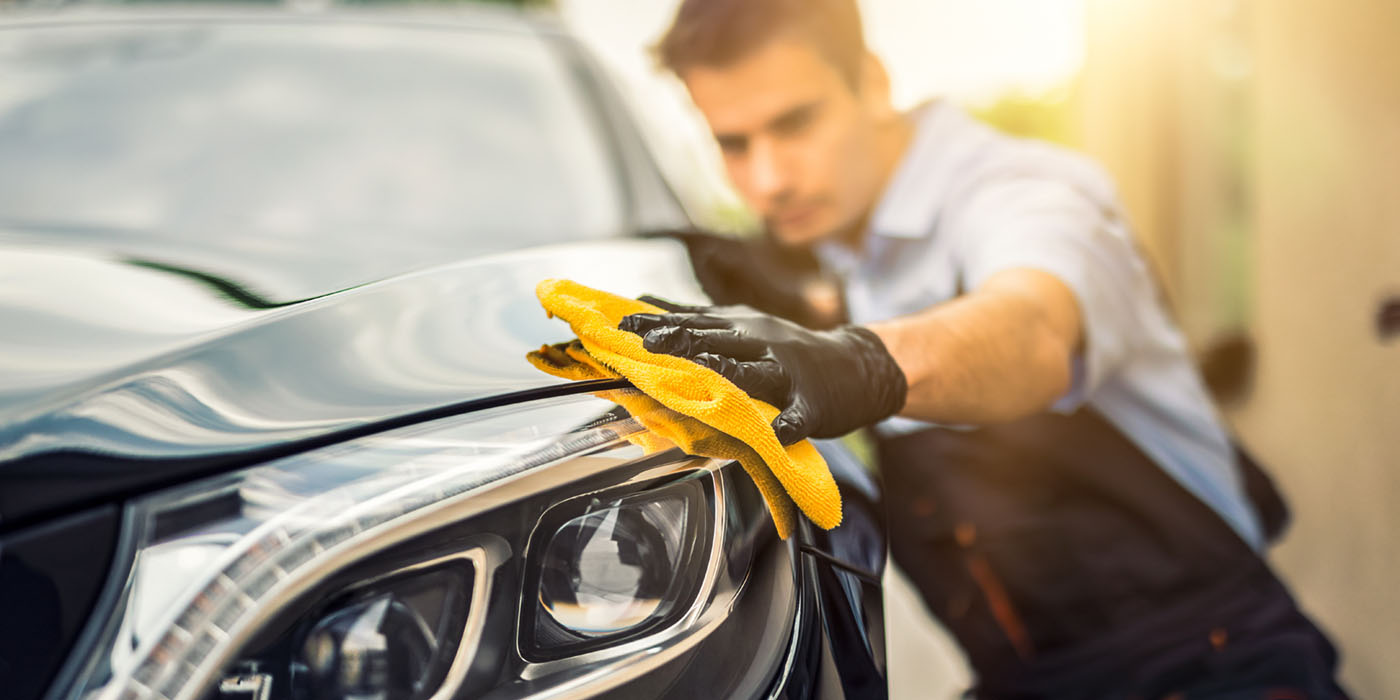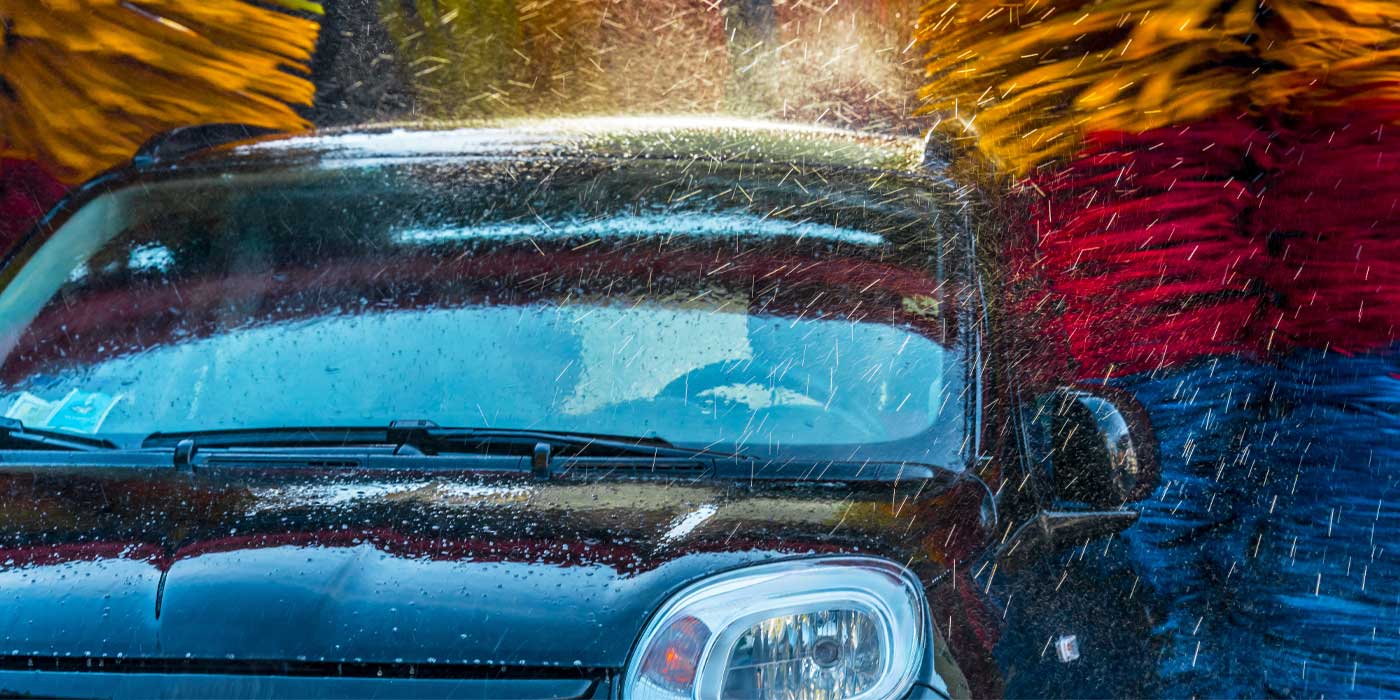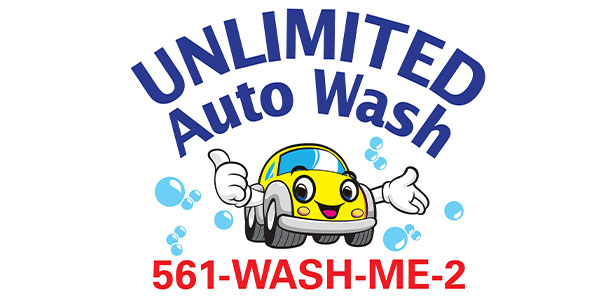Change has a tendency to intimidate people, especially when it comes to their livelihoods. But it’s important to remember that change is necessary to succeed in any endeavor.
Winston Churchill once said, “To improve is to change; to be perfect is to change often.”
Finding success in the carwash industry is no different. Staying up-to-date on new technologies for your wash is essential to maintaining a strong business, especially since updating tunnel equipment offers a number of operational advantages, such as reduced energy usage and increased chemical efficiency. When utilized correctly, new equipment can also increase throughput and improve wash results.
With an ever-increasing list of upgrades available for tunnel equipment, many owners simply don’t know where to begin. Experts agree that several upgrades are essential to the success of today’s washes.
Conveyor upgrades
There are a number of advantages to changing your carwash equipment with the times, not the least of which are fewer costs and more profit.
“Conveyor upgrades can decrease downtime, resulting in increased revenue and higher ticket averages,” says Kipp Kofsky, president of Arcadian Services. “A substantial amount of the equipment now being manufactured offers variable frequency drives on electric motors to help limit peak time energy charges from local utility companies.”
Saving on energy usage is especially important in the carwash industry since the equipment involved uses so much.
“Electric systems have better energy usage [than hydraulic systems]; with electric you are able to use better, more efficient washing material, which means less water usage and lower costs,” G. Thomas Ennis, CEO of NS Wash Systems, says.
Ennis adds that, due to the high-pressure oil used, leaks and breakage are common with hydraulic systems, which can lead to costly contamination cleanups. This problem is not seen with electric systems.
New advancements in how equipment moves cars through the wash also offer monetary advantages, including the number of cars washed per hour.
With new flat belt technology, “[you’re] able to safely stack cars closer together without damage, thus increasing your sales volume,” Vehicle Wash Systems Inc. President Martin Geller points out. “The best thing is there are no chains or rollers with this conveyor; therefore there is no replacement of these items.”
Geller says flat belt technology eliminates the chance of collisions by allowing cars to move through the wash while in park.
Upgraded conveyors not only allow for better throughput, but they also offer the chance to bring in more new vehicles.
“The benefit to upgraded conveyors is they are able to accommodate the wider tires of newer vehicles,” says Ennis. “And upgraded conveyors come with new guide rails, which help keep the vehicle from jumping the track.”
There was one big advantage to upgrading conveyors our experts agreed upon — accessibility.
Kofsky explains, “Conveyor operators can access all serviceable areas with far less effort… Options allow the operators to quickly remove conveyor components and give the ability to perform repairs outside of the conveyor pit.”
Arch improvements
Few modern upgrades make more of an impact on patrons than the addition of foam arches and LED light shows. According to the experts, they are perhaps the most popular upgrades in today’s environment.
“Adding a foam bath/foam curtain arch with a new add-on service offers the opportunity to increase your revenue,” senior marketing manager for Zep Vehicle Care Inc. Mike Graceman affirms. “These arches apply either a foam curtain or a flow of large bubbles to the vehicle and are often accompanied by LED lights and visual graphics panels for consumer appeal.”
But foam arches do more than offer aesthetic appeal for your customers — they can also help save money.
Geller explains, “The foaming arches and curtains today use compressed air to minimize the amount of water and soap used.”
However, there’s no doubt foam arches make a visual impact on customers, especially when combined with the excitement of LED lighting. Kofsky says these LED light shows create better customer perception of the carwash experience.
Geller predicts these LED lights will be the next big thing in the industry. “I personally see the LED light shows with LED 144-watt multicolor lights along the arches in the tunnel to give the customer a ‘light show’ as they ride through” becoming increasingly popular in the immediate future, he states.
Even for wash owners not interested in the newer foaming arch/light show combination, arch updates are a worthwhile investment that will increase your bottom line.
“Newer arches offer better chemical coverage at leaner rates, which lowers the chemical cost per application,” Kofsky says. “There are also chemical pump systems that offer much more controlled water pressure ratings, which in turn allow for better controlled chemical applications and usage.”
Graceman points out these more precise dispensers are one of the upgrades key to saving money through efficiency.
“Precision dispensing systems can help reduce water and chemical costs, ensure consistent performance wash after wash, and are an effective way to dispense next generation super hyper concentrated chemistry, save space in your backroom and [require] less handling,” he says.
Wheel and tire advancements
Upgrades to tire shiners and wheel cleaners are easy to overlook, but it’s important to remember these upgrades, like others, help bring down chemical costs and improve efficiency.
Kofsky reports many options are available in this category of upgrade, including high-pressure and chemical tire applicators, as well as wheel cleaners with a variety of brush configurations, which improve performance.
Geller says, “The most effective wheel treatment today is to apply heated chemical scrub with a horizontal step trim brush, referred to as a poodle brush, and rinse with a follower type high-pressure blaster arch.
“There is a tire shiner on the market that is horizontal that applies the chemical,” Geller adds. “This unit has a pan that will recirculate the product, therefore not causing a slippery floor. This is the most efficient tire shiner on the market today.”
Water reclaim innovations
Of all the possible upgrades available for today’s tunnel washes, perhaps the most all-around beneficial are those available in water reclaim technology.
“Adding or improving your water reclamation system can help lower your water costs, meet local regulations or market an environmentally responsible wash program to your customers,” Ennis explains. “Using blasters with the water reclaim system, you are able to blast off 95 percent of the heavy dirt, leaving only a thin film on the vehicle. This leads to reduced chemical costs, which then cuts the operating costs.”
Gary Hirsh, president of New Wave Industries Ltd., PurClean™ and PurWater™, points to the consistent increases in municipal water rates over the last five years — U.S., 27 percent; Australia, 45 percent; and Canada, a whopping 58 percent — as the most beneficial reason for carwashes to upgrade their water reclaim systems.
“The addition of a water recovery system to capture, filter and reuse wash water is by far the most important and sensible equipment upgrade for an operator to invest in and realize an immediate return on his investment,” says Hirsh. “The typical return on investment is less than 24 months.”
Advancements in water reclaim technology have taken water reclaim systems from a “good idea” to essential, as original design problems have been worked out.
“The new way is to keep the carwash water in above ground holding tanks, creating a constant flow system, which eliminates the bacteria and stagnant foul odor. The water used on the vehicles is much cleaner,” Ennis explains.
What other innovations can owners thinking of upgrading their washes look forward to?
Hirsh says, “Innovations such as superior physical separation to eliminate costly bag or disposable filtration; ozone injection to preclude bacteria growth typically associated with water recovery and oxidize color resulting in clean, odor-free wash water; variable frequency drives to increase efficiency and reduce energy costs; Programmable Logic Controllers (PLC) and Human Machine Interface (HMI) [which] provide the operator with a highly-intuitive, user-friendly water recovery system” are only a few of the newest improvements to water reclaim systems.
According to Hirsh, these newer water reclaim systems “significantly increase water quality and clarity, allowing the operator to use a higher percentage of reclaim water, reducing the demand of freshwater and increasing the operator’s bottom-line.”
Why upgrade
To compete in an industry which relies so heavily on technology, companies should never stop improving. This includes making changes customers won’t necessarily or immediately notice, but which could create a superior wash.
“New services and better wash performance drive customer loyalty and the all-important recommendation to friends and family,” Graceman asserts.
Owners that want to compete with carwashing’s best must be open to change and stay up-to-date on the latest improvements in the industry.
Amanda Hosey is assistant editor for our sister publication, Cleanfax. She can be reached at [email protected].

